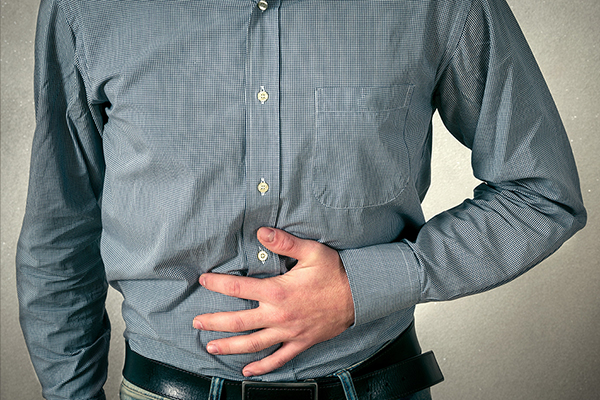Our bodies strive for routine and run on a natural cycle, known as the circadian rhythm, which is entrained to the sun. Unfortunately, some occupations, like fighting fires or treating the sick, require 24-hour a day manpower. When external factors such as shift work or DST are imposed, it leads to changes in our sleep homeostasis. Over time this can result in a circadian rhythm sleep disorder, known as Shift Work Sleep Disorder (SWSD).
By definition, SWSD is characterized by insomnia and/or excessive daytime sleepiness with a decrease in total sleep time due to a recurring work schedule that overlaps the usual time for sleep. Symptoms must be present for at least three months and not better explained by another current sleep disorder, medical or neurological disorder, mental disorder, medication use, poor sleep hygiene, or substance use disorder.
The symptoms of SWSD:
- Excessive daytime sleepiness
- Insomnia
- Unrefreshing or insufficient sleep
- Difficulty concentrating
- Lack of energy
- Irritability or depression
- Difficulty with personal relationships
Shift work can be one of the most difficult and stressful parts of a job. In a poll conducted by the National Sleep Foundation (NSF), 60-80 percent of shift workers complained of chronic sleep disturbances to some degree. Only 20 percent said they can perform their job without any problems, but another 20 percent admitted they cannot tolerate shift work at all. It can also cause an increased risk for other untoward health consequences such as heart disease, gastrointestinal problems, motor vehicle accidents and even cancer. The following are some tips for shift workers to avoid developing SWSD.
- First, try to anchor sleep. This is a period of sleep that one gets every day regardless of rotation. For example, if you are working a week of nights and sleep from 9 a.m. - 4 p.m. during this time, on your days off, try to sleep from 9 a.m. - 1 p.m. These four hours will be the same regardless of your shift and you will be sleeping at least half the time during hours normally reserved for sleep. This may be more difficult if your family is on a more conventional schedule since you will be missing a large chunk of time with them.
- Consider incorporating split sleep. This is best for a short series of nights since this will not allow for an effective shift of the sleep-wake cycle. The goal is to prevent your circadian rhythm from shifting into night. During split sleep, you will sleep in 2-4 hour cycles adjacent to your normal sleep time. After working a night shift, go to bed immediately and force yourself to get up in 4 hours. Sleeping longer will slow the next night’s sleep. Go about your normal daily activities. If you must work again that night, sleep another 2-4 hours before going into work. This disrupts the rhythm less and you will feel more rested.
- Take advantage of a strategic nap. The best time to nap is during your body’s normal metabolic nadir, between 2-3 p.m. in the afternoon and 2-4 a.m. in the morning. Naps should not extend past 30 minutes. If you take a nap that lasts over an hour, you may find yourself waking up with “sleep inertia” which is that groggy/hung-over feeling when you wake up.
- Talk to your doctor about medications. There are medications used to treat the symptoms of SWSD, but these should be used with caution due to potential side effects and interactions. The most popular drug is caffeine, which is the most widely used stimulant medication in the world. Modafinil (Provigil) and Armodafinil (Nuvigil) are two prescription stimulants that are FDA approved to treat excessive daytime sleepiness secondary to SWSD. Lastly, there is over-the-counter melatonin, which is a hormone made by our pineal gland and often used to help promote sleep and treat jet lag. It is always recommended to talk with a physician before using any medication.
Shifting the sleep-wake cycle is bad for the body. If you do not understand how your body adapts to changes in its circadian rhythm and sleep-wake cycle, you may find yourself constantly tired, irritable and even sick. By following the strategies in this article and making sleep a priority you can lessen your chance of developing SWSD. If you do experience any of the symptoms of SWSD, consult your primary care physician or a sleep specialist




